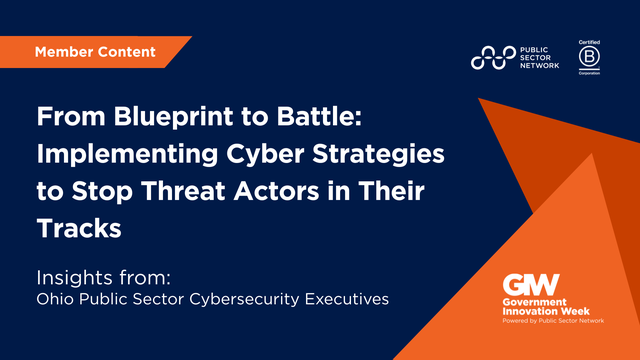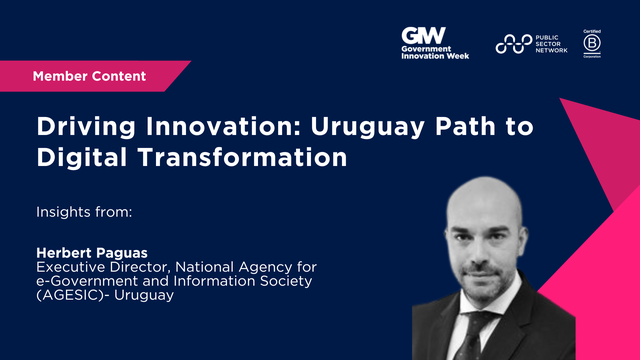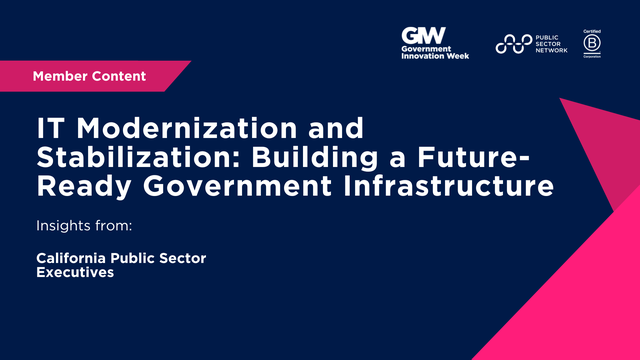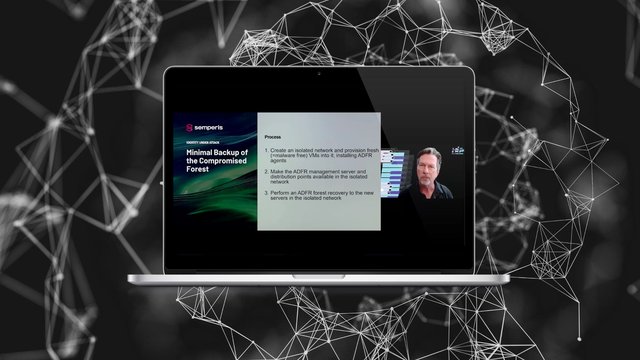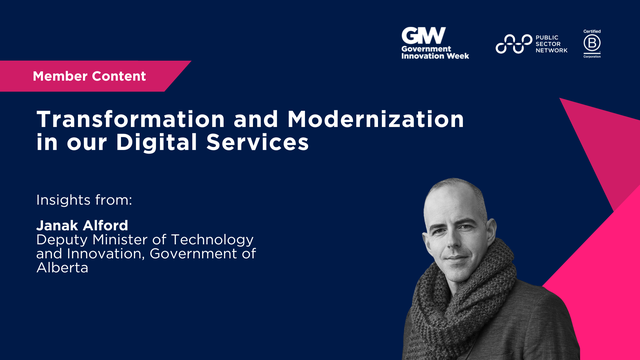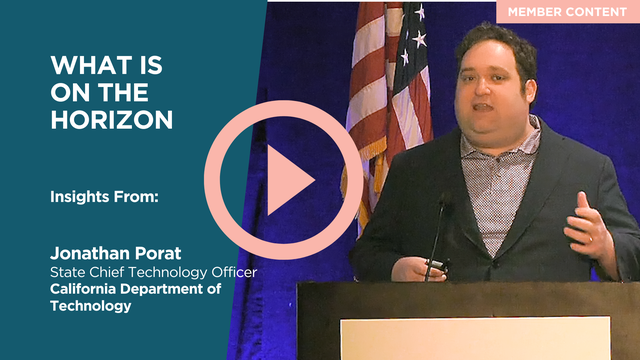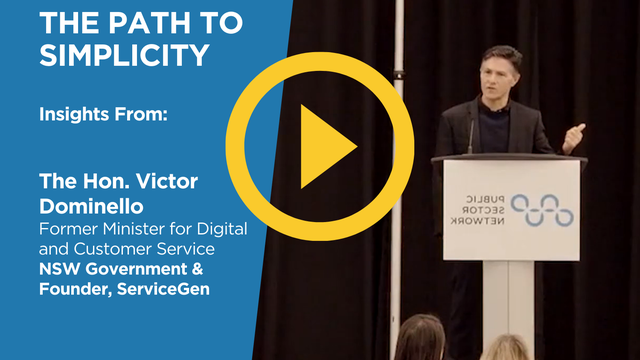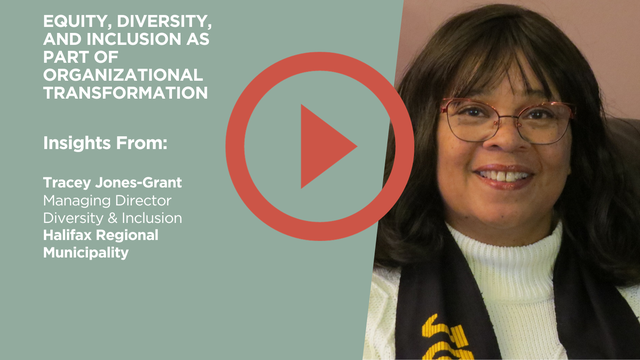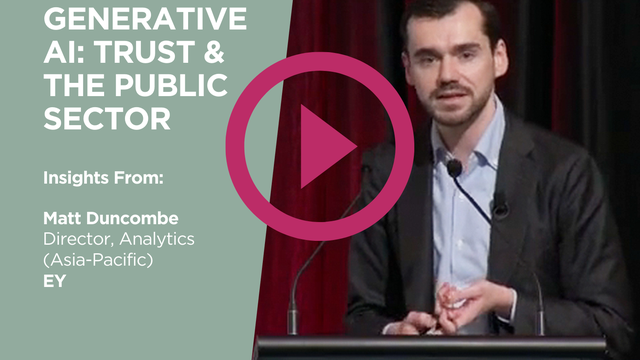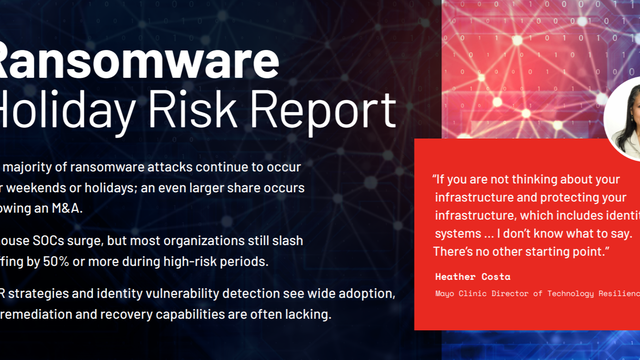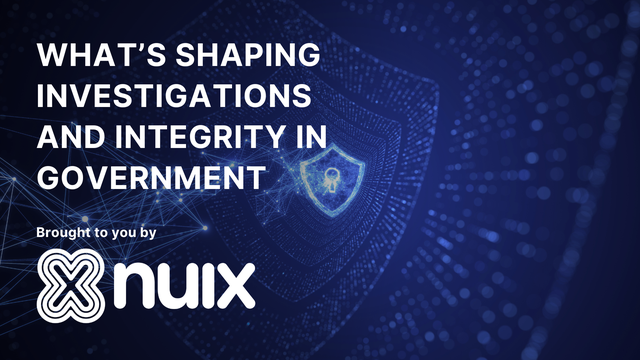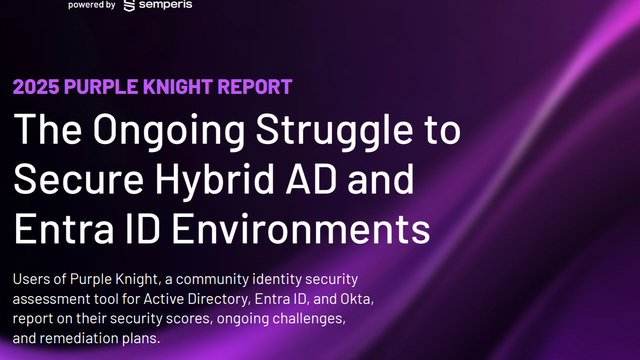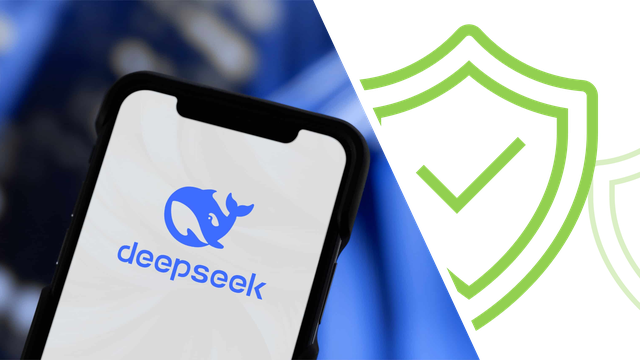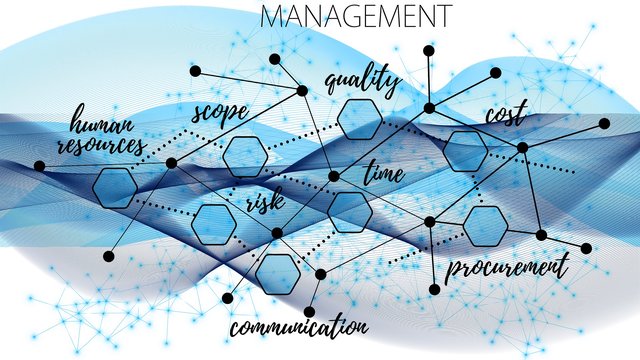Fostering Strategies for Digital Inclusion and Bridging the Digital Divide
Bridging the digital divide demands collaboration, innovation, and a commitment to equity—ensuring that everyone has access to the tools and services they need to thrive in a digital world.
In an increasingly digital world, access to technology and online services is no longer a luxury—it’s a necessity. However, millions of people still face barriers to digital inclusion, from lack of internet access to challenges with identity verification. At the session Fostering Strategies for Digital Inclusion and Bridging the Digital Divide, a panel of experts from California’s public sector and industry explored how to address these challenges and ensure equitable access to digital services. This panel session captures the key insights from the discussion, offering strategies for integrating data, designing inclusive systems, and fostering collaboration to bridge the digital divide.
Key Discussion Points:
- Integrating Data to Support Digital Inclusion
- Designing Inclusive Enterprise Architecture
- Trends and Best Practices in Identity Management
- Enhancing Cross-Agency Collaboration
- The Role of Leadership and Innovation
Conclusion:
Bridging the digital divide requires a multifaceted approach that addresses technical, social, and economic barriers. The session highlighted the importance of integrating data, designing inclusive systems, and fostering collaboration among stakeholders to ensure that no one is left behind in the digital age. By prioritizing equity, innovation, and user-centered design, California is leading the way in creating a more inclusive digital future.
Recommendations
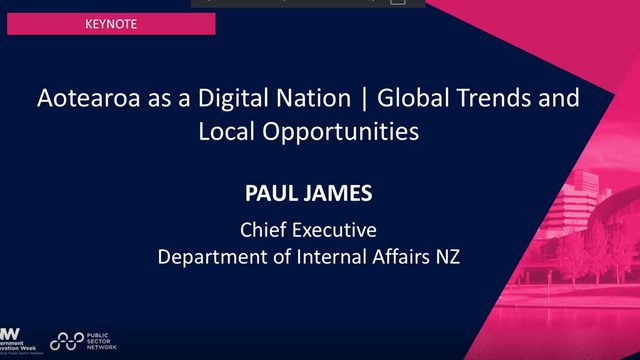
Paul James on Global Trends and Local Opportunities at Government Innovation Showcase Aotearoa 2025

The Public Sector Podcast: Public Affairs in the Age of AI
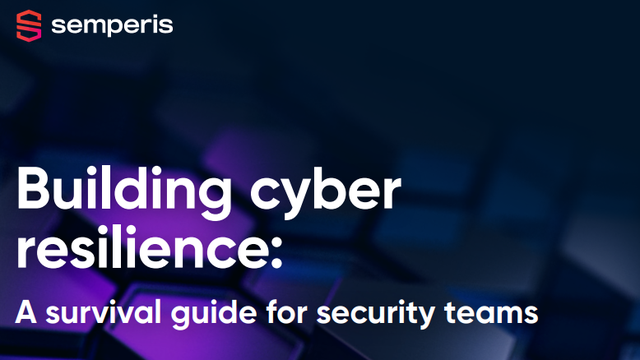
Building Cyber Resilience: A survival guide for security teams

The Public Sector Podcast: Visionary Leaders: Future-Proofing Public Services: Digital Priorities and the Road to 2032

